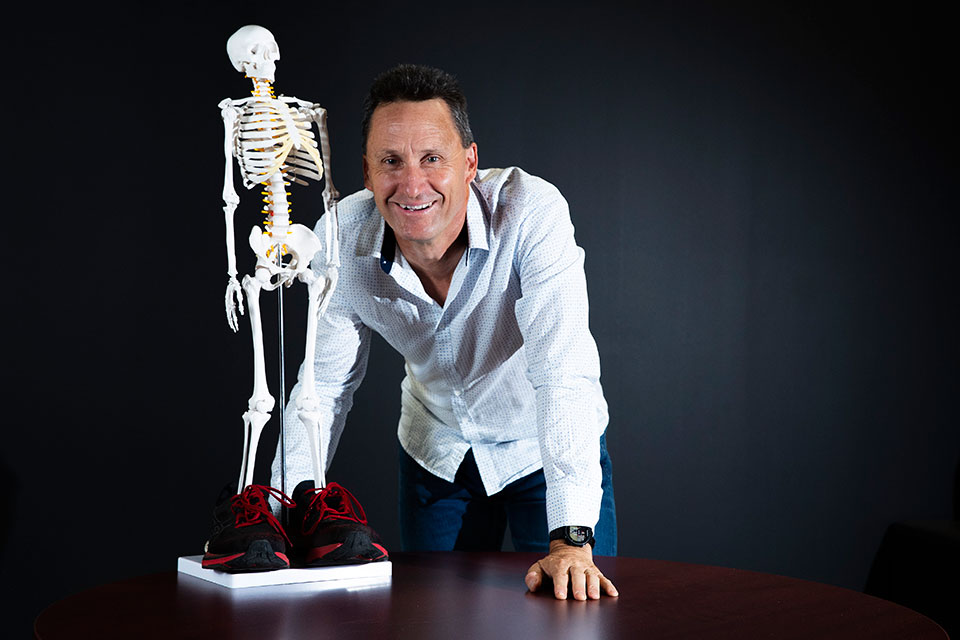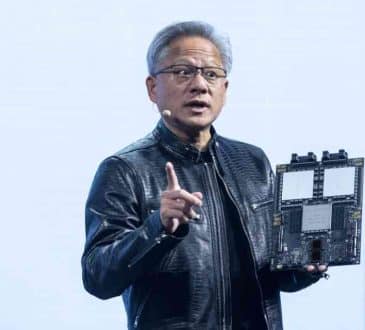Why healthy habits need to lead from the top

In 2015, the International Journal of Wellbeing published an article of mine entitled, ‘Workplace wellbeing programs: If you build it they may NOT come…because it’s not what they really need’.
In the article I pointed out that whilst organisations had been giving more attention to employee health and wellbeing, participation in employer-sponsored programs has historically been very low. After discussing the issues and reporting relevant data I had collected, I suggested organisations spend less time on formal programming and more time on understanding employee needs.
It’s 7 years since my article was published and – despite everything that’s happened – my view hasn’t changed very much.
Organisational trust and benevolent motives
So, why haven’t employees taken advantage of these opportunities? What’s stopped them? Of all the explanations I provided, one stood out…employee scepticism.
Prior to the pandemic, workplace health promotion programs were generally justified in terms of improved productivity, reduced absenteeism (or lost-time injuries), and enhanced employer brand. Whilst these programs would be sold based on the enhancement of employee health, uptake would be negatively impacted by suspicions that the programs were – in fact – focused more on organisational goals than employees’ goals.
This is the idea that readiness for change is influenced by perceptions of benevolent motives: that the organisation has a genuine interest in the best interests of its employees.
But that was then, and this is now…
Health and its full networked complexity
In July 2021, a Deloitte Insights report noted that ‘health and wellness have become urgent CEO priorities’. The authors argued that the COVID-19 pandemic had created a health and wellbeing imperative for organisations, one that requires broad-based support for employees’ physical, emotional, social, and overarching mental health.
The key point? Health is now on the agenda of CEOs and other senior leaders in a way it never has been before. The days of seeing it simply as a driver of productivity and performance are over, replaced by the need to appreciate its full networked complexity.
The pandemic made understanding and responding to the needs of employees more important than ever before – where to work, how to work, when to work. And it didn’t stop with employees. The needs of external stakeholders also became important – customer interaction protocols, client and vendor safety, etc.
Being a ‘health-savvy’ senior leader
Whilst the worst of the pandemic is arguably behind us, the focus on health and wellbeing is set to remain. The big challenge now is managing the transition to hybrid work. After successfully adjusting to working from home, many employees are now struggling again with where, how, and when to work, and are looking for guidance.
According to Deloitte, CEOs and senior leaders need to respond to these challenges by being more health-savvy. With the world is still watching, they need to get involved and lead from the front on health, and not delegate it to other functions. To my mind, being a health-savvy leader means more than seeing health through the related lenses of strategy, policy, and resource allocation, although all are important.
As a psychologist and exercise scientist I think it also means displaying a genuine and personal interest in the health and wellbeing issues that matter most to employees. It’s an interest that can be powerfully conveyed through role modelling of positive behaviours.
Leading healthy habits from the top
Take, for example, an issue that currently sits at the heart of work-life balance – telepressure (i.e., the urge to respond quickly to work-related ICT messages).
In 2019, a German research team studied whether a leader’s ability to manage their smartphone usage influenced their subordinate’s ability to do likewise. They found that it did. Subordinate work-life balance was at its best when their direct manager was able to manage the work-life divide, and at its worst when they did not.
Findings like this confirm that employees do more than just hear what leaders say. They also pay close attention to what they do. As such, if an organisation wants to make the balanced use of technology a key component of its employee health and wellbeing policy, it’s important that it be modelled. More than important…imperative.
Naturally, this doesn’t mean CEOs and senior leaders need to be perfect human beings. Quite the contrary. If they choose to advocate for balanced technology use – or regular work breaks – or more physical activity – they could decide to join others on that journey. ‘Keep it real’ by empathising with the personal challenge of it, by sharing personal experiences, and showing a willingness to walk-the-talk.
An informal culture of health
Whilst this is not a new idea, there may never have been a more important time. As confusion and uncertainty continue to reign, the ability to cope well is closely tied to how much physical, emotional, and mental energy people have.
Seeing healthy habits led from the top sends a powerful message to the whole organisation. It can create an internal coherence around health that both influences culture, and potentially provides more low-cost benefit than any high-cost health and wellbeing program ever could!
Written by Dr. Gordon Spence.
Have you read?
Ways to Improve Customer Experience in 2022.
Your New Favorite Cookies Hail From Dirty Dough Cookies, But it is What Founder Bennett Maxwell is Doing for Mental Health That Will Make You Stick Around.
How ‘The 6 Keys to the Kingdom’ Allows High Performance Coach Christian Santiago to Help Executives Find Massive Success in the Marketplace.
Leadership success requires the opposite of I Me Mine by Shantha Mohan Ph.D.
How leaders can build greater self-awareness and why it matters by Joe Hart.
Add CEOWORLD magazine to your Google News feed.
Follow CEOWORLD magazine headlines on: Google News, LinkedIn, Twitter, and Facebook.
Copyright 2024 The CEOWORLD magazine. All rights reserved. This material (and any extract from it) must not be copied, redistributed or placed on any website, without CEOWORLD magazine' prior written consent. For media queries, please contact: info@ceoworld.biz









